The Internet of Things (IoT): A Deep Dive into the Connected Future
Welcome to the era of the Internet of Things (IoT), where the physical world converges with the digital realm, giving rise to an interconnected web of devices and possibilities. In this comprehensive blog post, we embark on a journey to explore the intricate landscape of IoT, delving into its applications, challenges, and the transformative impact it has on our lives.

Unveiling the Internet of Things
What is IoT?
Introduce the concept of IoT, explaining how it involves the interconnection of everyday objects and devices, enabling them to collect and exchange data.
Key Components of IoT
Explore the fundamental elements that make up the IoT ecosystem, including smart devices, sensors, connectivity, and data processing.
The Internet of Things (IoT) refers to the network of physical objects or "things" embedded with sensors, software, and other technologies to connect and exchange data over the internet. These objects can range from everyday devices such as refrigerators and thermostats to industrial machines and wearable devices. The concept of IoT is to enable these objects to collect and exchange data, making them smart, interconnected, and capable of making intelligent decisions.
- Here are key aspects of the Internet of Things: Connectivity: IoT devices are connected to the internet or other communication networks, allowing them to communicate with each other and with central systems. Common communication protocols include Wi-Fi, Bluetooth, Zigbee, and cellular networks.
- Sensors and Actuators: IoT devices are equipped with various sensors to collect data from their surroundings. These sensors can measure temperature, humidity, pressure, motion, light, and more. Actuators, on the other hand, allow devices to perform actions based on the data received.
- Data Processing and Analytics: The data collected by IoT devices is processed and analyzed to extract meaningful insights. This can be done locally on the device or in the cloud. Advanced analytics and machine learning algorithms are often employed to derive valuable information from the vast amount of data generated by IoT devices.
- Interoperability: Ensuring that different IoT devices can work together seamlessly is crucial for the success of IoT. Standardized communication protocols and data formats facilitate interoperability, enabling devices from different manufacturers to collaborate effectively.
- Security and Privacy: IoT devices are vulnerable to cyber threats, and ensuring the security of these devices and the data they generate is a significant challenge. Security measures such as encryption, authentication, and secure updates are essential to protect IoT ecosystems. Privacy concerns also arise due to the potential collection of personal data by IoT devices.
- Applications:
- Smart Homes: IoT devices like smart thermostats, lights, and security cameras enhance home automation and energy efficiency.
- Healthcare: Wearable devices and medical sensors can monitor patients' health in real-time, enabling remote patient monitoring and personalized healthcare.
- Industrial IoT (IIoT): IoT is extensively used in industries for predictive maintenance, asset tracking, and process optimization.
- Smart Cities: IoT is employed to manage urban infrastructure, improve traffic flow, enhance public safety, and monitor environmental conditions.
- Agriculture: IoT devices are used for precision farming, monitoring soil conditions, crop health, and irrigation systems.
- Challenges: Security Concerns: IoT devices are susceptible to cyber attacks, and securing these devices is a significant challenge.
- Interoperability: Ensuring that diverse IoT devices can communicate and work together seamlessly remains a challenge.
- Data Privacy: The collection and use of personal data by IoT devices raise concerns about privacy.
- Scalability: As the number of IoT devices increases, managing and scaling IoT ecosystems become complex.
The Architecture of IoT
Devices and Sensors
Devices:
Wearable Devices: Examples include smartwatches and fitness trackers that collect data related to a user's health and activities.
Smart Home Devices: This category includes thermostats, lights, cameras, and other home appliances that can be controlled and monitored through IoT technology.
Industrial Sensors: Used in manufacturing and industrial settings for monitoring equipment health, measuring temperatures, pressures, and ensuring overall operational efficiency.
Medical Sensors: Used in healthcare for monitoring patient vitals, medication adherence, and other health-related parameters.
RFID Tags: These are used for tracking and managing inventory in supply chain management and retail.
Sensors:
Temperature Sensors: Measure ambient temperature and are used in weather monitoring, industrial processes, and smart home climate control.
Pressure Sensors: Monitor pressure changes and are used in industrial applications, weather forecasting, and healthcare. Proximity Sensors: Detect the presence or absence of an object without physical contact, commonly used in touchscreens and robotics.
Motion Sensors: Detect movement and acceleration, commonly found in security systems, gaming consoles, and smart lighting.
Light Sensors: Measure the intensity of light and are used in smart lighting systems, photography, and energy-efficient applications.
Gas Sensors: Monitor the presence of gases in the environment and are used in industrial safety, air quality monitoring, and household safety.
Connectivity Wi-Fi:
Advantages: High data transfer rates, widespread infrastructure, suitable for applications with a constant power source.
Use Cases: Smart homes, offices, and environments with reliable power sources.
Bluetooth:
Advantages: Low power consumption, suitable for short-range communication, often used in wearable devices and smart home applications.
Use Cases: Wireless headphones, fitness trackers, and smart home devices.
Cellular Networks:
Advantages: Wide coverage, suitable for remote and mobile applications, constant connectivity.
Use Cases: Industrial IoT, connected vehicles, and applications where mobility and broad coverage are essential.
Zigbee:
Advantages: Low power consumption, suitable for low-data-rate, short-range communication, often used in smart home automation.
Use Cases: Smart lighting, home security systems, and industrial automation.
Data Processing and Analytics Cloud Computing:
Data Storage: Cloud platforms offer scalable and reliable storage solutions for the vast amounts of data generated by IoT devices.
Processing Power: The cloud provides the computational resources needed for data processing and analysis, allowing for real-time insights.
Scalability: Cloud-based architectures can scale easily to accommodate the growing number of IoT devices and the increasing volume of data.
Analytics:
Real-time Analytics: Processing data as it is generated enables quick decision-making and response to changing conditions.
Predictive Analytics: Utilizing historical data and machine learning algorithms to predict future trends, helping in preventive maintenance and optimization.
Edge Computing: Some data processing is done locally on the device or at the network edge to reduce latency and bandwidth usage, especially in applications requiring real-time responses.
Application of IoT
Smart Homes
Smart Thermostats:
Functionality: Adjust temperature settings based on user preferences and patterns, optimizing energy consumption.
Benefits: Energy savings, increased comfort, and the ability to control heating and cooling remotely.
Smart Lighting Systems:
Functionality: Enable users to control lights remotely, set schedules, and adjust brightness.
Benefits: Energy efficiency, enhanced security through automated lighting, and customization of ambiance.
Security Systems:
Benefits: Improved home security, real-time alerts, and the ability to monitor and secure the home from anywhere.
Smart Appliances:
Functionality: Connect kitchen and household appliances to the internet for remote control and automation.
Benefits: Increased efficiency, reduced energy consumption, and convenience in managing household tasks.
Voice-Activated Assistants:
Functionality: Devices like Amazon Echo or Google Home enable voice commands to control various smart devices.
Benefits: Hands-free operation, seamless integration with smart home devices, and enhanced user experience.
Healthcare
Wearable Devices:
Functionality: Monitor and track vital signs, physical activity, and sleep patterns.
Benefits: Personalized health insights, early detection of health issues, and encouragement of a healthier lifestyle.
Medical Sensors:
Functionality: Implanted or external sensors for continuous monitoring of specific health parameters.
Benefits: Remote patient monitoring, early detection of abnormalities, and improved patient outcomes.
Remote Patient Monitoring:
Functionality: Allows healthcare providers to monitor patients outside traditional healthcare settings.
Benefits: Timely intervention, reduced hospitalization, and improved management of chronic conditions.
Smart Pill Dispensers:
Functionality: Remind patients to take medication, dispense the correct dosage, and provide feedback to healthcare providers.
Benefits: Improved medication adherence, better disease management, and reduced healthcare costs.
Industrial IoT (IIoT)
Predictive Maintenance:
Functionality: Sensors on machinery collect data to predict when maintenance is required, reducing downtime.
Benefits: Increased equipment lifespan, minimized downtime, and cost savings.


Equipment Health Monitoring:
Functionality: Continuous monitoring of machinery to detect anomalies and signs of potential failure.
Benefits: Improved reliability, reduced unplanned downtime, and optimized maintenance schedules.
Supply Chain Optimization:
Functionality: Tracking and monitoring the movement of goods and materials in real-time.
Benefits: Enhanced visibility, improved efficiency, and streamlined logistics.
Process Optimization:
Functionality: Monitoring and optimizing manufacturing processes for increased efficiency and quality.
Benefits: Improved productivity, reduced waste, and better product quality.
Smart Cities
Traffic Management:
Functionality: IoT sensors and cameras monitor traffic flow and optimize signal timings.
Waste Management:
Functionality: Smart bins equipped with sensors alert waste management systems when they are full.
Benefits: Efficient waste collection, reduced operational costs, and improved cleanliness.
Public Services:
Functionality: Monitoring and optimizing public services such as street lighting, water supply, and public transportation.
Benefits: Resource optimization, improved service delivery, and enhanced quality of life for residents.
Environmental Monitoring:
Functionality: Sensors measure air and water quality, noise levels, and other environmental parameters.
Benefits: Early detection of pollution, data-driven environmental policies, and improved urban sustainability.
Challenges and Considerations
Security Concerns
Challenges:
Vulnerabilities: IoT devices often have limited computing resources, making them susceptible to security breaches.
Authentication Issues: Weak or nonexistent authentication mechanisms can lead to unauthorized access.
Data Encryption: Lack of proper encryption may expose sensitive data to interception.
Device Tampering: Physical access to devices can lead to tampering or unauthorized modifications.
Potential Risks:
Malware and Ransomware: IoT devices can be targeted for malware attacks, leading to data loss or device control.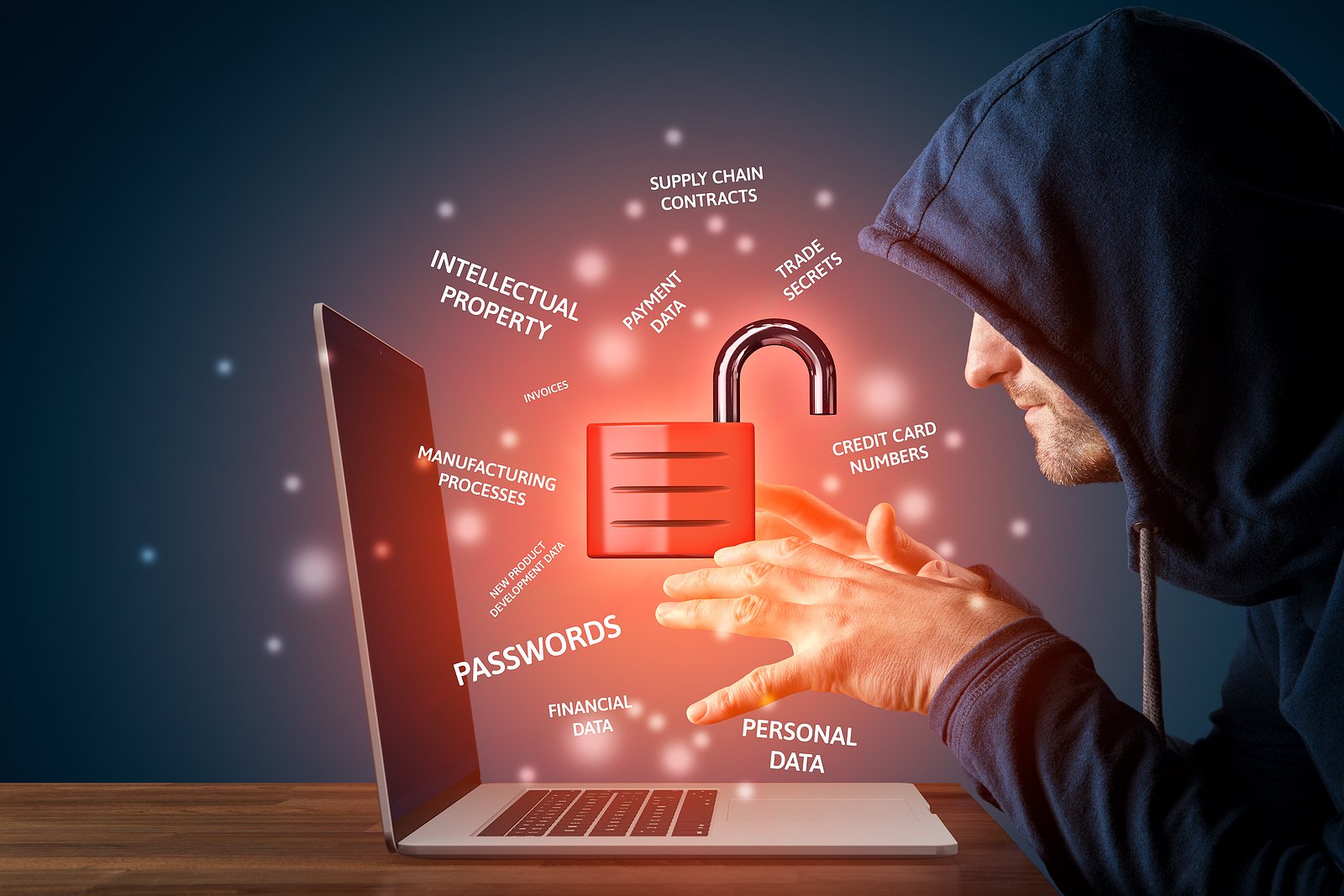

Botnets: Compromised IoT devices can be enlisted into botnets for malicious purposes.
Privacy Invasion: Insecure IoT devices may lead to the invasion of user privacy through unauthorized surveillance.
Interoperability
Need for Standardization:
Diverse Ecosystem: IoT devices come from various manufacturers, each with its communication protocols and data formats.
Communication Challenges: Lack of standardization can hinder communication and collaboration between devices.
Integration Issues: Users may face difficulties in creating cohesive and integrated IoT solutions.
Benefits of Standardization:
Seamless Integration: Standardized protocols enable different devices to communicate and work together seamlessly.
Scalability: Interoperable systems can scale more easily to accommodate a growing number of diverse devices.
Ecosystem Growth: Standardization fosters a more robust and expansive IoT ecosystem.
Data Privacy
Ethical Considerations:
Personal Information: IoT devices often collect and process personal data, raising concerns about user privacy.
Consent and Transparency: Users may not be fully aware of the data collected by IoT devices, emphasizing the need for transparent data practices.
Data Ownership: Clarifying who owns and controls the data generated by IoT devices is a significant ethical consideration.
Mitigation Strategies:
Privacy by Design: Incorporate privacy features into the design and development of IoT devices.
User Education: Ensure users understand the data collected, its purpose, and their rights regarding privacy.
Data Minimization: Collect only the necessary data and avoid excessive or irrelevant information.
Regulatory Compliance:
GDPR (General Data Protection Regulation): Compliance with regulations such as GDPR is essential for protecting user privacy in the European Union.
Data Localization Laws: Adhering to laws that regulate where data can be stored helps ensure compliance with regional privacy regulations.
The Future of IoT
Technological Advancements
Artificial Intelligence (AI):
Enhanced Data Processing: AI algorithms will enable more sophisticated data processing, analysis, and decision-making at both the device and cloud levels.
Predictive Capabilities: AI will improve predictive analytics, enabling IoT devices to anticipate user behavior, system failures, and other events.
5G Connectivity:
High-Speed Data Transfer: 5G networks will provide faster and more reliable connectivity, reducing latency in IoT applications.
Massive Device Connectivity: The increased capacity of 5G networks will support the simultaneous connection of a vast number of IoT devices, facilitating the growth of IoT ecosystems.
Edge Computing:
Real-time Processing: Edge computing brings data processing closer to the source, reducing latency and enabling real-time analysis.
Bandwidth Efficiency: By processing data locally, edge computing reduces the need to transfer large amounts of data to the cloud, improving overall bandwidth efficiency.
Potential Innovations
Augmented Reality (AR) Integration:
IoT-AR Synergy: Integration of IoT with AR technologies can enhance user experiences by overlaying digital information on the physical world.
Maintenance and Training: AR can be used for maintenance tasks by providing technicians with real-time data and instructions through AR glasses.
Energy-Efficient Devices:
Low-Power IoT Devices: Continued focus on developing energy-efficient sensors and devices will extend the lifespan of IoT devices and reduce their environmental impact.
Energy Harvesting: Advancements in energy harvesting technologies, such as solar or kinetic energy, can power IoT devices without relying on traditional power sources.
Blockchain for IoT Security:
Decentralized Security: Blockchain can enhance the security of IoT devices by providing a decentralized and tamper-resistant method for recording transactions and ensuring data integrity.
Secure Transactions: Blockchain technology can facilitate secure and transparent transactions between IoT devices in various applications, including supply chain and smart contracts.
Distributed Ledger Technology (DLT) in Supply Chain:
Transparency and Traceability: DLT, similar to blockchain, can provide transparency and traceability in supply chains, ensuring the integrity of data related to the movement of goods.
Reduced Counterfeiting: DLT can be used to authenticate products and reduce the risk of counterfeit goods by creating an immutable and transparent record of their journey through the supply chain.
Human Augmentation:
Wearable Health Devices: Advancements in IoT and wearable technology can lead to more sophisticated health monitoring devices, providing real-time data to individuals and healthcare providers.
Brain-Computer Interfaces: IoT may play a role in the development of brain-computer interfaces, enabling direct communication between the human brain and external devices.
Conclusion:
Navigating the Connected Future
In conclusion, the Internet of Things has emerged as a transformative force, connecting the physical and digital worlds. As we navigate this connected future, it's crucial to strike a balance between technological advancement and ethical considerations. Responsible innovation will ensure that IoT continues to enrich our lives in meaningful ways, driving positive change across various industries and aspects of daily life. The possibilities are limitless as we witness the ongoing evolution of the Internet of Things.
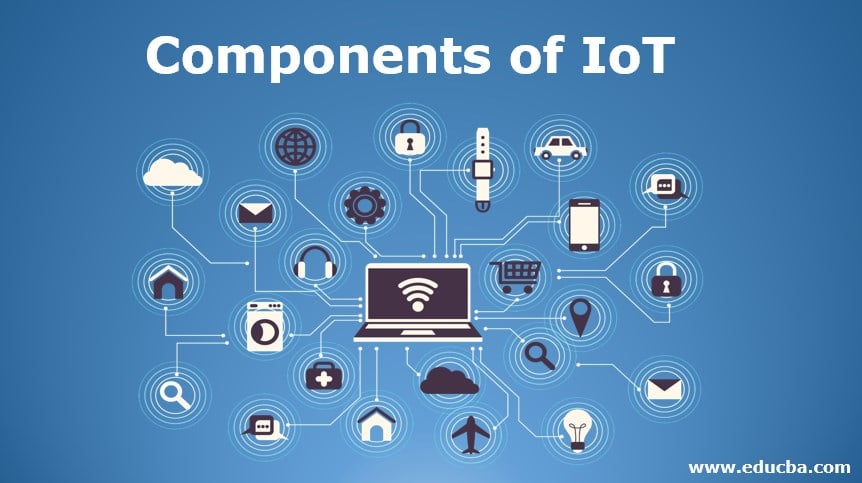


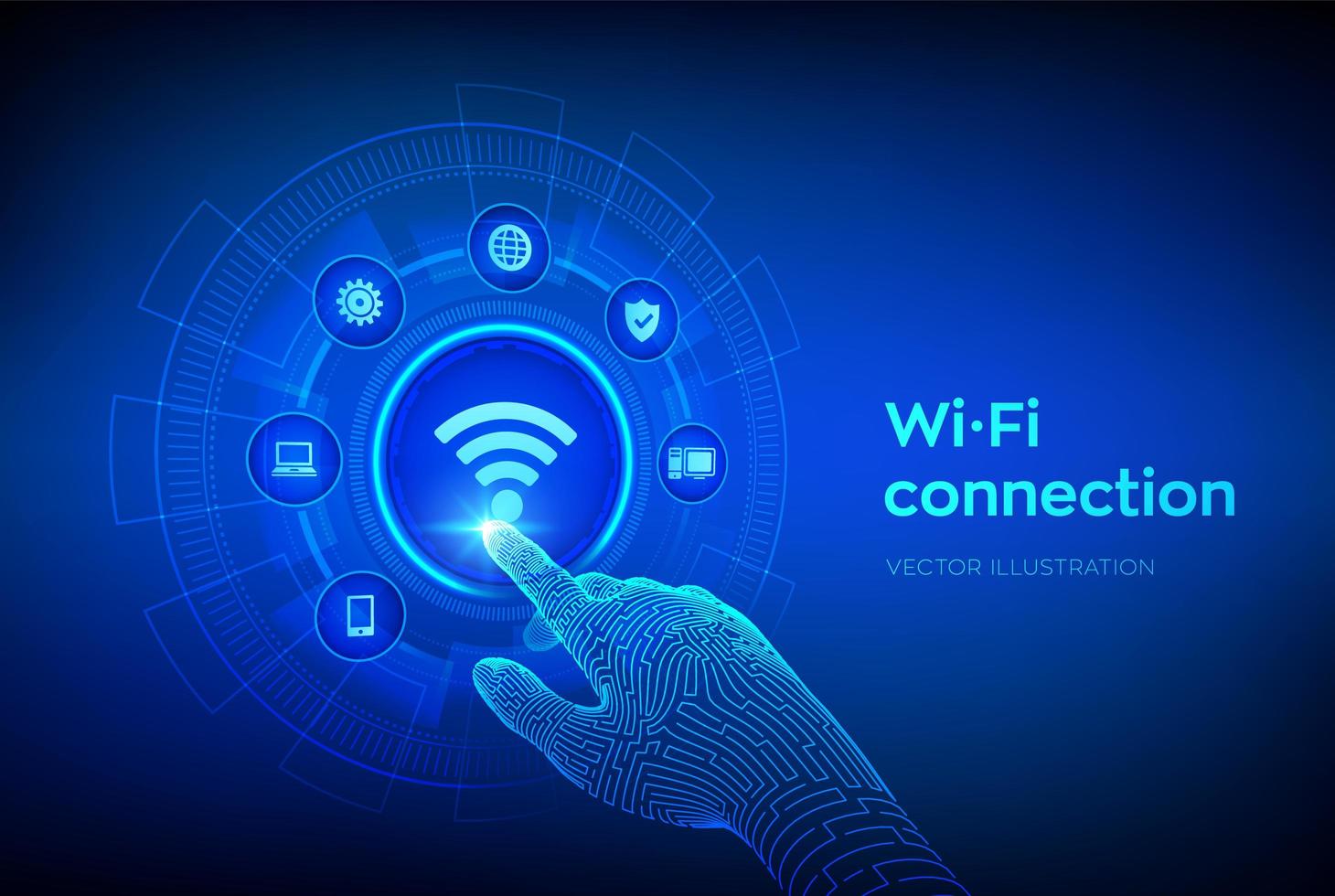

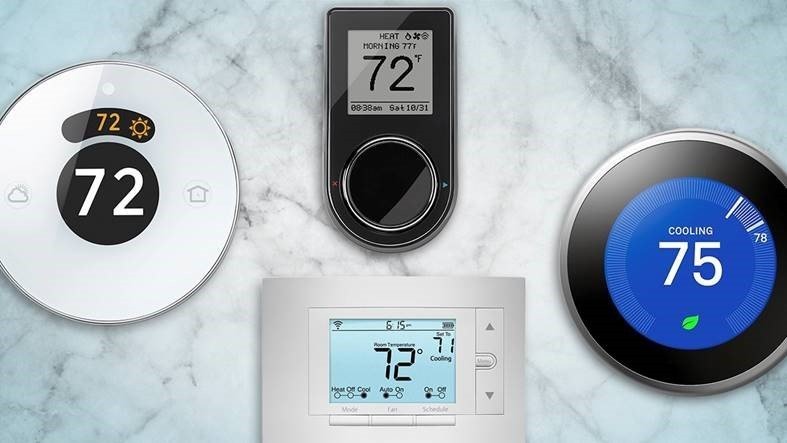


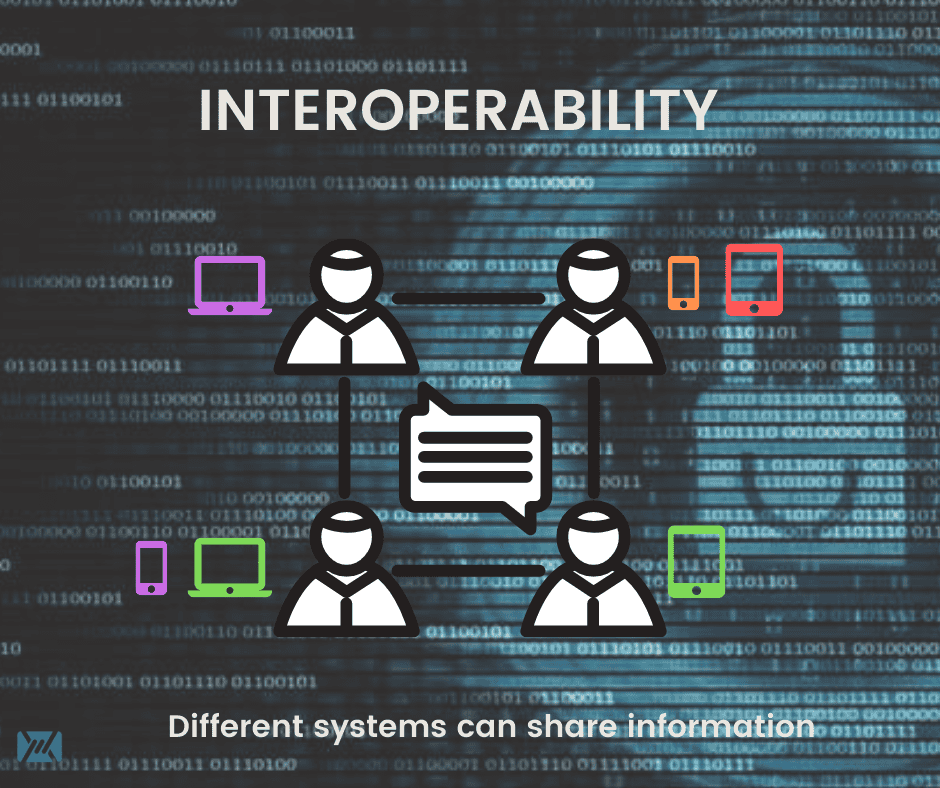
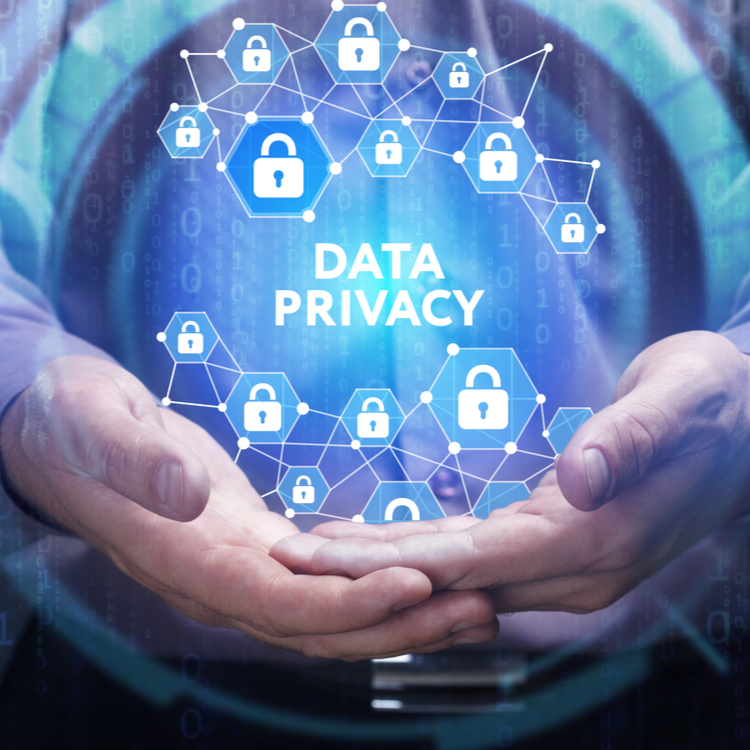
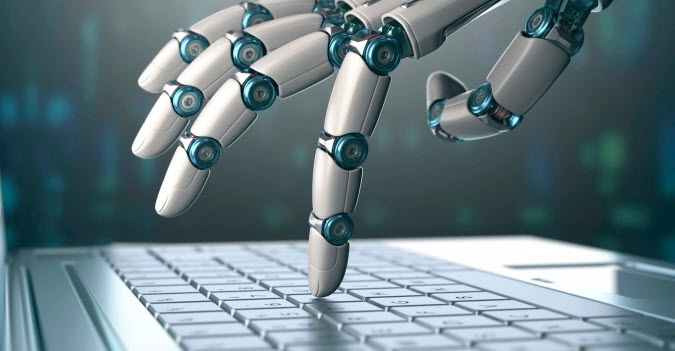



Comments
Post a Comment